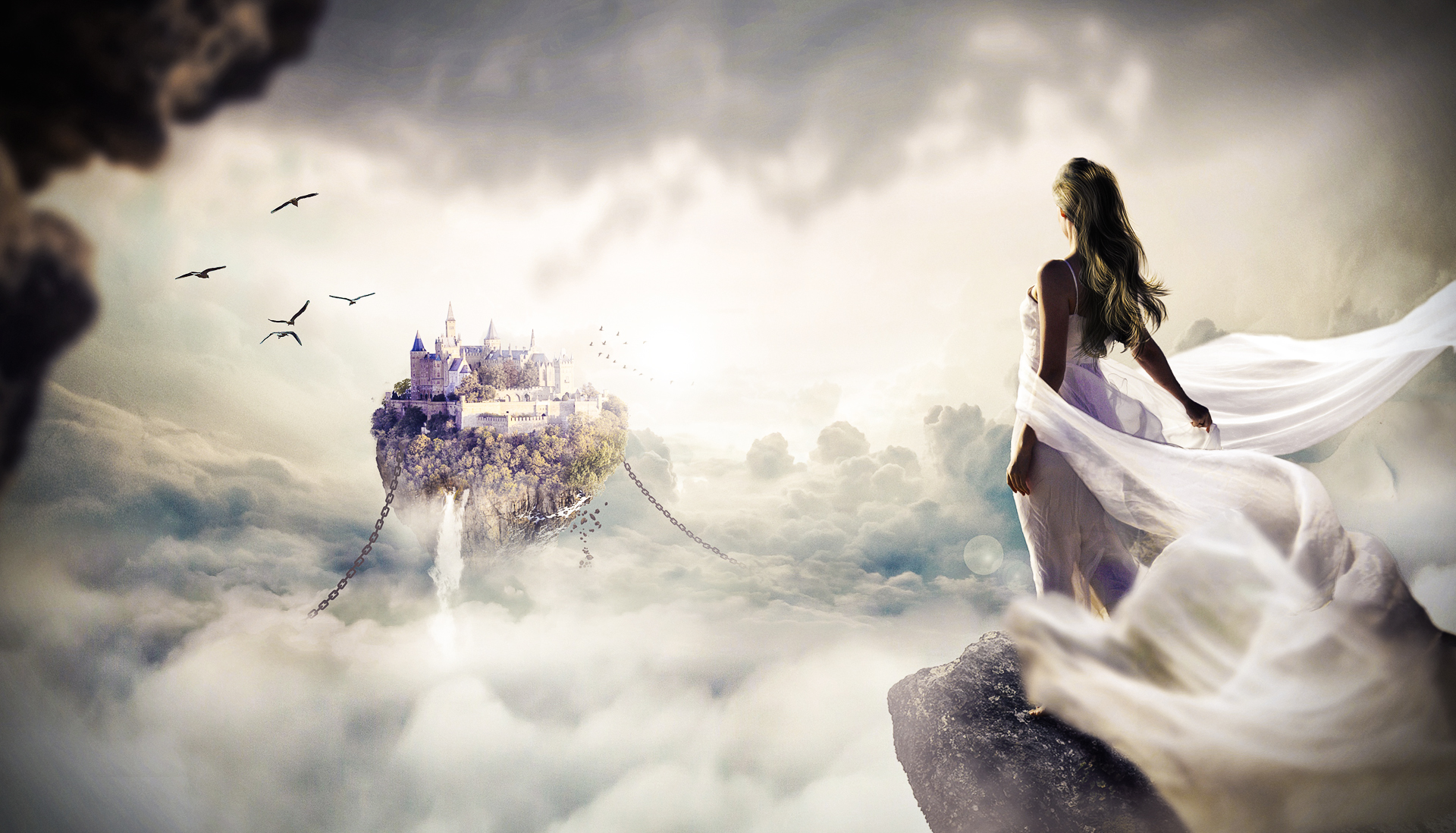The 10 Sefirot (Hebrew for “emanations”) are the 10 attributes of God in Kabbalah, through which Ein Sof (the Everlasting name of God) reveals Himself/Themselves to humankind. There are a few different ways of using the Sefirot. Some Kabbalists study and grow from attribute to attribute, while others see them as an urim and thummim. As an urim and thummim, the right and left sides create a series of “lenses” for the natural eyes, while the center creates a series of “lenses” for the third or spiritual eye. Through this urim and thummim, God helps us see both the physical realm and the chain of higher metaphysical realms.
In Mormon Kabbalah, we do both; using the Sefirot for growth and as seer stones. We grow from Sefirot to Sefirot in Christ’s grace, and seeing the world through spiritual eyes by the power of the Holy Ghost. Here we will give a quick over view of each Sefirot and how one may grow their perspective with each as we grow closer to God.
Tif’eret
”You shall not murder; blessed are the merciful: for they shall obtain mercy.” –Exodus 20:13, Matthew 5:7

St. Uriel by James Powell and Sons of the Whitefriars Foundry, St John’s Church, Boreham, Wiltshire
English: Beauty
Body part: Bosum
Color: Grey
Element: Spirit
Associated with: YHVH
Herald: Joseph Smith Jr./Ariel “lion of God” also known as Uriel “God is my light” or Malachim; an archangel, divine messenger of the Holy Spirit.
Day if Creation: The third day. On this day dry ground appears, and the plants are born into existence. With dry ground we are able to resolve conflict, with vegetation we are able to do so with compassion.
 Tif’eret is the bosum where we feel the Holy Spirit and where the Light of Christ overflows from our kli to fill the world. It occupies a place on the middle pillar of the Tree of Life, as it is a lower reflection of Keter. Tif’eret is a unique Sephirot as it is connected to all of the other Sephirot, with the exception of Malkuth. It is tied to all the subjective paths of the unconscious. It is the Philosopher’s Stone, the restoration of all things, containing the transmutative properties. When we chose good, it allows God’s light to pour from us, changing us and the world. When we chose evil it pollutes us, there by polluting the world.
Tif’eret is the bosum where we feel the Holy Spirit and where the Light of Christ overflows from our kli to fill the world. It occupies a place on the middle pillar of the Tree of Life, as it is a lower reflection of Keter. Tif’eret is a unique Sephirot as it is connected to all of the other Sephirot, with the exception of Malkuth. It is tied to all the subjective paths of the unconscious. It is the Philosopher’s Stone, the restoration of all things, containing the transmutative properties. When we chose good, it allows God’s light to pour from us, changing us and the world. When we chose evil it pollutes us, there by polluting the world.
Tif’eret represents the sun, it takes a central place in the Tree of Life just as the sun is at the center of the solar system. It is not the center of the universe, yet it still gives light and life. Like man, it did not create itself. Tif’eret can be seen as a metaphor for mankind’s role in the creation.
